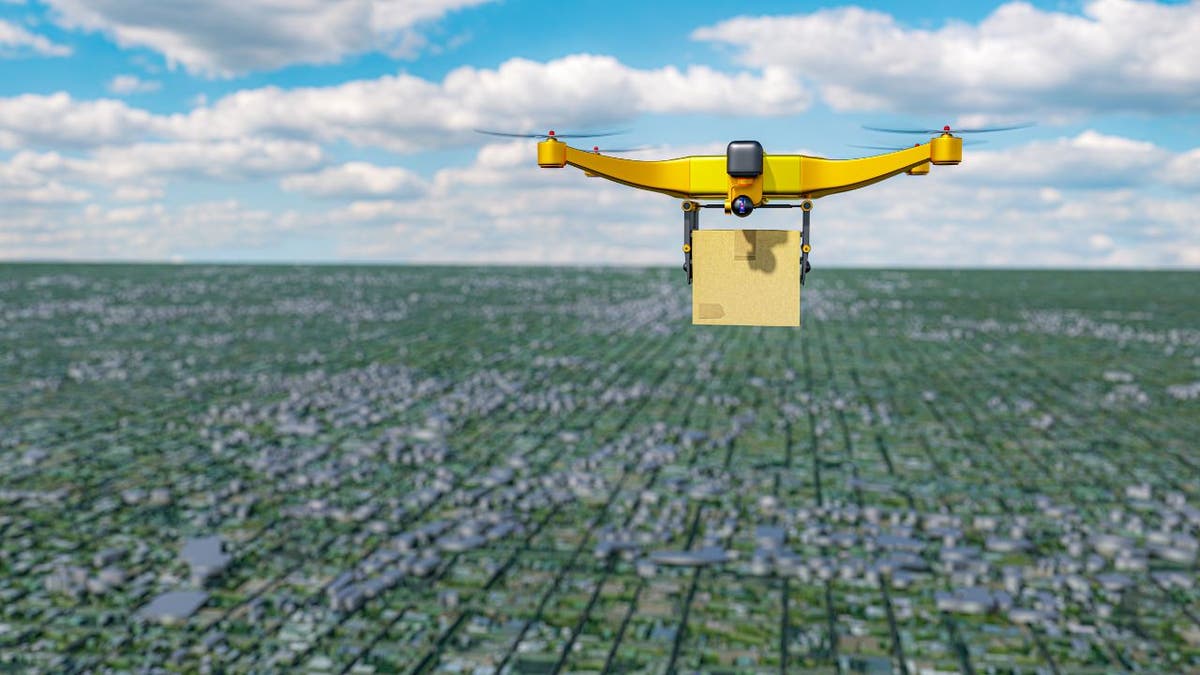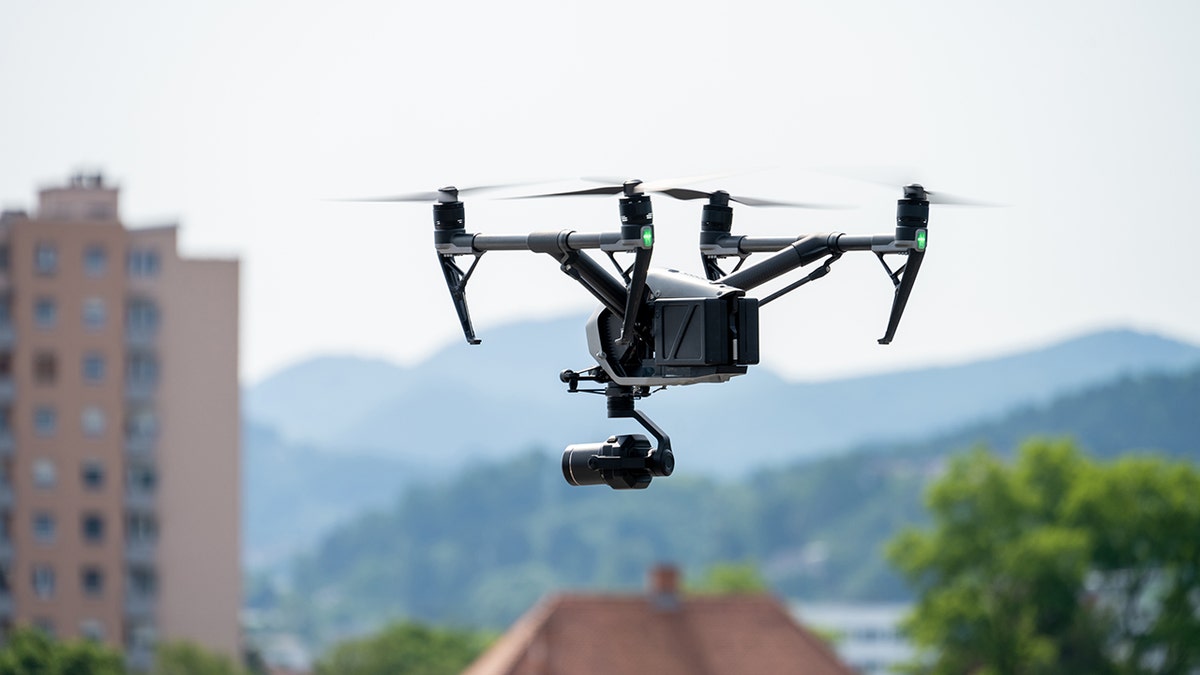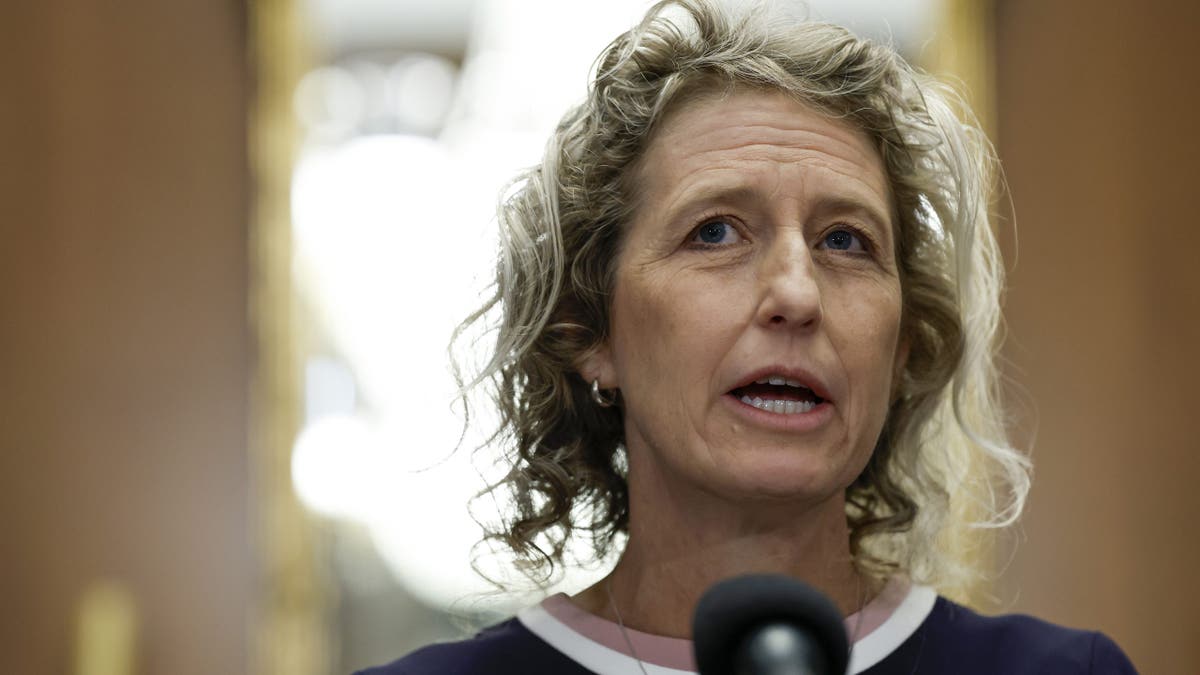

FIRST ON FOX: A new move by Congress would unleash civilian drone use across America’s skies by establishing rules to allow them to be flown beyond a user’s line of sight and using AI for approval to do so.
Under current law, many drones can’t fly beyond the visual line of sight (BVLOS) without a waiver — a massive hindrance to emergency response, agriculture, deliveries and infrastructure inspection, according to Rep. Jen Kiggans, R-Va.
Her LIFT Act, introduced in the House on Thursday, would require Transportation Secretary Sean Duffy to establish set performance and safety standards for BVLOS operations and review current aviation standards, which were designed with manned aircraft in mind.
It would also require the Transportation secretary to deploy artificial intelligence to assist with processing waiver applications to allow civilian drones to fly BVLOS.
HEGSETH TEARS UP RED TAPE, ORDERS PENTAGON TO BEGIN DRONE SURGE AT TRUMP'S COMMAND

Under current law, many drones can’t fly beyond the visual line of sight (BVLOS) without a waiver - a massive hindrance to emergency response, agriculture, deliveries and infrastructure inspection, according to Rep. Jen Kiggans, R-Va. (Kurt Knutsson/Fox News)
Industry operators have long pushed for new BVLOS policy to replace the current system in which individuals must apply for waivers with the Federal Aviation Adminsitration (FAA) through a costly, cumbersome process to fly beyond the line of sight.
They say it has delayed large-scale implementation of drones to perform tasks like inspecting powerlines and pipelines or carting medical supplies between facilities.
Kiggans told Fox News Digital her reasoning for introducing the legislation was to spur drone development in the U.S.: "China builds five times as many drones as we do here in America."
DRONE INCURSIONS ON US BASES COME UNDER INTENSE SCRUTINY AS DEVICES PROVE LETHALITY OVERSEAS
In March, Duffy said that new rules for expanding drone use for deliveries and other services would be coming "in relatively short order."

Drones wishing to fly beyond the line of sight currently must first get a waiver from the FAA in a long, costly process. (iStock)
Kiggans said she too has been wondering when the new DOT guidelines will come out. She hopes the LIFT Act will apply pressure to act soon: "Sometimes putting that in writing, something from from Congress, kind of will motivate them to actually get it done."
Additionally, the bill establishes a new pilot program to offer grants to state and local governments for drone programs, ensuring they have a stake in future air mobility systems and not just large private companies.
The bill is meant to codify transportation portions of President Donald Trump’s June 6 executive order, Unleashing American Drone Dominance.

The LIFT Act by Rep. Jen Kiggans would require safety standards for beyond visual line of sight drone operations and create grants for local government programs. (Anna Moneymaker/Getty Images)
With bipartisan momentum building around drone applications, Congress may soon decide if American skies are ready for a higher-tech future. But the public remains spooked by a high-profile commercial plane crash in Washington, D.C., earlier this year. Safety regulations will need to move cautiously to account for the expected increase in air traffic.
"There’s definitely some concern," said Kiggans. "I worry about that between our military aviation that we have in our district."
"It’s something that we need to be regulating… but I think there’s a way that we can all coexist. There needs to be some clear laws in place, and they need to be educated to drone users and aviators."
